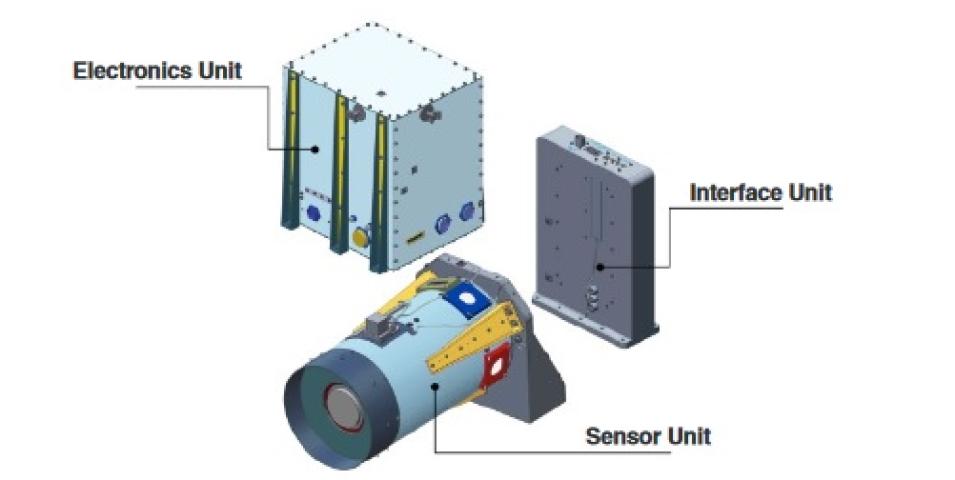Once installed on the ISS, LIS will be able to collect lightning data between 54˚ north and south of the equator. This will enable LIS to detect 98% of Earth’s lightning on an annual basis, including observations of mid-latitude storms—storms that could not be detected by the 35˚ (later boosted to 38˚) north/south latitude limit of the TRMM LIS. Another LIS objective is to provide lightning data as rapidly as possible after a detected flash, possibly as fast as within two minutes. This feature will be an important resource for numerous applications including weather forecasting, storm tracking, forest fire monitoring, and aviation. In addition, LIS will enable cross-sensor observations and calibrations with the Geostationary Lightning Mapper (GLM) aboard the recently-launched joint NOAA/NASA Geostationary Operational Environmental Satellite-R (GOES-R), which is now known as GOES-16.
After a short check-out period to ensure that the instrument is collecting valid data, four Level 2 LIS data sets will be available through GHRC DAAC: science data, background data, near real-time (NRT) science data, and NRT background data. The NRT products are a unique addition to the LIS data sets and the first time LIS data will be available so rapidly after a sensor-detected flash.
GHRC DAAC is one of NASA's discipline-specific DAACs managed by NASA’s Earth Science Data and Information System (ESDIS) Project and part of NASA’s Earth Observing System Data and Information System (EOSDIS). GHRC DAAC processes, archives, and disseminates NASA Earth science data related to hazardous weather, the dynamic and physical processes related to hazardous weather, and associated applications, with a focus on lightning, tropical cyclones, and storm-induced hazards. GHRC DAAC is a joint venture of NASA’s Marshall Space Flight Center and the Information Technology and Systems Center (ITSC) at the University of Alabama in Huntsville (UAH).
Additional Resources
Blakeslee, R. & Koshak, W. (2016). “LIS on ISS: Expanded Global Coverage and Enhanced Applications.” The Earth Observer, 28(3): 4-14.
GHRC DAAC
GHRC Lightning and Atmospheric Electricity Research

